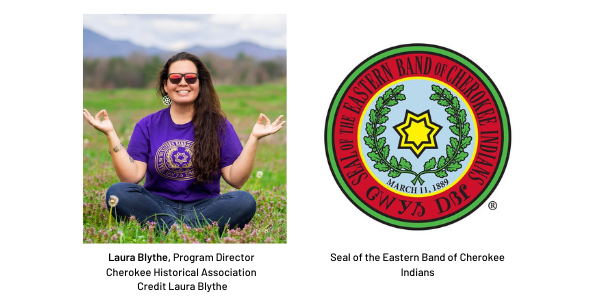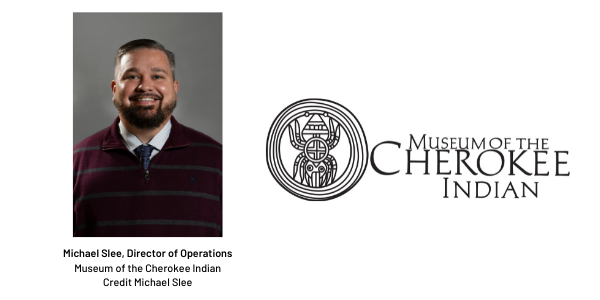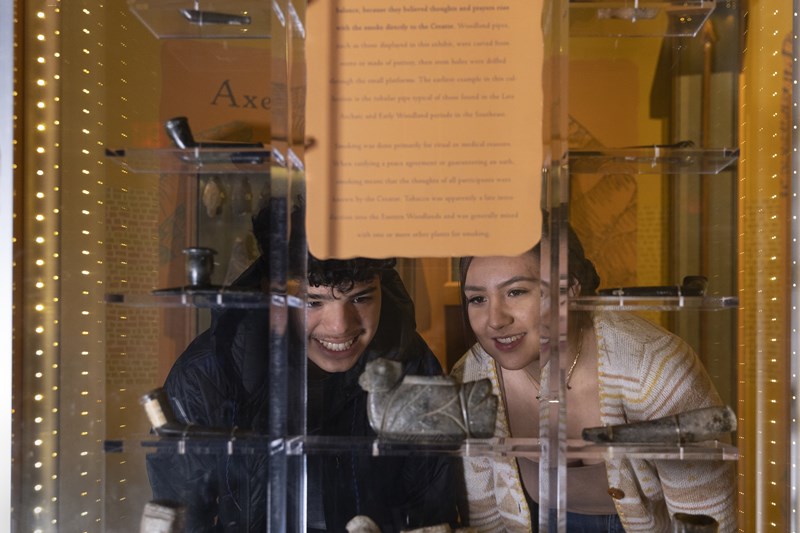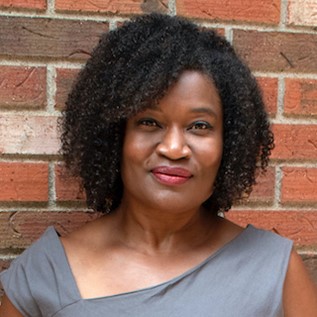By: Antoinette Lee Toscano, Whitewater TV
Some companies have wrongly used their land acknowledgment as a marketing strategy. But knowing the essential steps in creating a land acknowledgment can take the fear out of "doing it wrong" and create a practice that authentically goes beyond words on paper.
Over the past two years, the calls for social justice, diversity, equity, and inclusion for formerly marginalized people in America and worldwide caused many North Americans and others to publicly acknowledge the ancestry of the lands on which we live, work, go to school, and recreate.
These lands belonged to the Indigenous folk of what is now called America and the First Nation peoples of Canada. Much of the land was stolen or unceded territory, meaning the Indigenous people did not sign away rights to the land their ancestors traditionally occupied or used.
Today, many businesses, institutions, and outdoor recreators want to pay their respect to the Indigenous Elders of the past, present, and future and those who have been stewards of the land throughout the generations.
But the most significant barrier for creating a personal or professional land acknowledgment practice can be summed up in one word: Fear!
Taking the fear out of land acknowledgment practice
The challenge is the fear of "doing the wrong thing," using the "wrong words," and acknowledging the land and its Elders respectfully and meaningfully without committing cultural appropriation.
Laura Blythe, an enrolled member of the Eastern Band of Cherokee Indians, the Cherokee Historical Association Program Director, and Michael Slee, Director of Operations — Museum of the Cherokee Indian, shared their perspectives on creating a land acknowledgment.

"I believe that anytime an indigenous community can be recognized, I view that as a positive thing (for the) Indigenous community… We have been, and we continue to be marginalized, so whenever an organization can create this acknowledgment about the original peoples that have occupied the land that they're using or that they own currently, it brings much-needed recognition to our Indigenous communities that are still here and the cultures that have been able to survive throughout centuries of eradication. And so, I believe that being respectful is about community. Be involved, be productive, have a sense of purpose, have a sense of peace. If we can all follow those principles, it will help any of the marginalized communities that we have nationwide."
Laura Blythe — Cherokee Historical Association Program Director
Indigenous people are not homogenous
First, we should note that Indigenous people are not a homogenous population. When talking with Arapaho, Cheyenne, Ute, Eastern Shoshone, Cherokee, or folks from other Indigenous nations, you might get many different responses. Researching the culture of the Elders on which land we recreate is often an excellent place to start.
You should also understand that a land acknowledgment is more than a speech or words on paper or a website.

"I hate to generalize; however, I think most native communities are of the opinion that our Elders are of the utmost importance. But specifically, here, (we acknowledge) our Elders, ancestors, and people who resisted removal to Oklahoma to Indian territory during the Indian removal act. And so, understanding the sacrifice that they gave for us to still be here is pertinent when you come to our area.
"Knowing that this is not just our ancestral land but land that our ancestors had to sacrifice for in order for us to keep it. They wanted their descendants (to) have access to their homeland. (So,) they made those sacrifices for us. It could have been a lot easier to just go and live in Oklahoma like the government was wanting, but they refused, and they stayed here. And they sacrificed, they hid in the mountains, they lived through poverty in order that their descendants could be here and remain on this land. So, I think when people come to visit this land, if they view it through that lens that maybe that will help them to understand that they need to be respectful and pay homage to the people who came before them and the people who are still here that live on this land."
Michael Slee, Director of Operations — Museum of the Cherokee Indian
The what, why, and how of land acknowledgment practice
"A land acknowledgment is simply doing the research and finding out whose ancestral lands that you're going to be, and where you are, and just paying homage to that. You don't have to give a speech or (do) some kind of written documentation. But it can be as simple as doing research finding out whose land it is and being respectful of that and understanding that you are a visitor to that place at all times."
Michael Slee, Director of Operations — Museum of the Cherokee Indian
"Do not try to imitate the culture. It's not an honor for us. It turns our culture into a gimmick."
Laura Blythe — Cherokee Historical Association Program Director
When asked how "being respectful" looks in practice, Slee had this to say.
"I think being on your best behavior the same (as) if you're going on a field trip as a child and the teachers say before you leave, "be on your best behavior" don't throw your trash down; leave no trace basically. Don't damage or leave something worse than you found it, leave it in the shape that you found it."
Michael Slee, Director of Operations — Museum of the Cherokee Indian

Visitors at Museum of the Cherokee Indian Credit: Museum of the Cherokee Indian
How to add action to your land acknowledgment
-
Get clear about why you are creating an individual or business land acknowledgment practice.
-
Do your research on the Indigenous people's history where you live, work, or recreate.
-
Respect the history and sacrifice of the Elders and ancestors on the land.
-
Be a good partner in the Indigenous community.
-
Participate in the community.
-
Improve the community by having your business in the area.
-
Employ enrolled members of the tribe or nation.
-
Give back to the community.
-
Be respectful of the land and its people.
-
Serve as positive stewards of the area's resources.
-
Remember that "this is not your land that it's our land and we're still here."
-
Recognize the cultures.
-
Have a sense of purpose and a sense of peace.
The essential components of a land acknowledgment
-
Post your land acknowledgment for staff and the public.
-
Make reviewing your land acknowledgment part of your onboarding and annual training program.
-
Be a good ally to your local Indigenous community.
-
Understand that you are a guest on land with ancestral heritage and be on your best behavior.
-
Respect the Elders of the community.
"One of the things that I think about for a business though (is that) it means so much more to have an ally in the community than it does to just give lip service to it being somebody else's land."
Michael Slee, Director of Operations — Museum of the Cherokee Indian
In closing, Blythe had this to say.
"I feel wherever the land acknowledgment is, add a little bit of history of the people that you're talking about. Hundreds of thousands of nations died out. Giving out information about the people who occupied that territory originally makes it real for the people who are receiving the information. (Providing information on the people and their culture) makes it kind of resonate a little bit stronger in their hearts. And so, it actually helps create the dialogue. It helps create the movement that we as Indigenous people would like to see. Let's talk about it. Let's get to know the true history of these areas. That way, we're not brushed to the side anymore. (And) people will understand … what types of things our communities did have to go through, what we were able to survive, and those indigenous communities that are still surviving. The sacrifices that were made need to be understood. And I feel like giving a small piece of … history with (your land acknowledgment) only helps."
Laura Blythe — Cherokee Historical Association Program Director
Watch the recorded conversation to learn more
Michael Slee and Laura Blythe unpacked so much more around the past and present challenges within the Cherokee community and how we can all be more knowledgeable and involved allies.
You can watch the full interview on WhitewaterTV and hear Laura and Michael expand on these concepts and offer examples of what it means to be a good ally to the Indigenous community.
This free content is available to WhitewaterTV followers. Simply click the video and enter an email address and password to create a free XOTV.me profile, then click "follow" WhitewaterTV.
About the Author

Antoinette Lee Toscano, MBA — is an American Adult Cross-Cultural Kid (ACCK) and Third Culture Adult (TCA). American by birth with Nigerian, Irish, Indigenous Arawak, Ashkenazi Jewish, and Chinese by ancestry. She is also an 11-year United States Army veteran.
Antoinette is the Producer of WhitewaterTV, where people, places, and products worldwide come together to create an adventure sports community.
Antoinette recorded her talk with these panelists on WhitewaterTV—the DEI series—'Allies to Adventurers with Disabilities.'